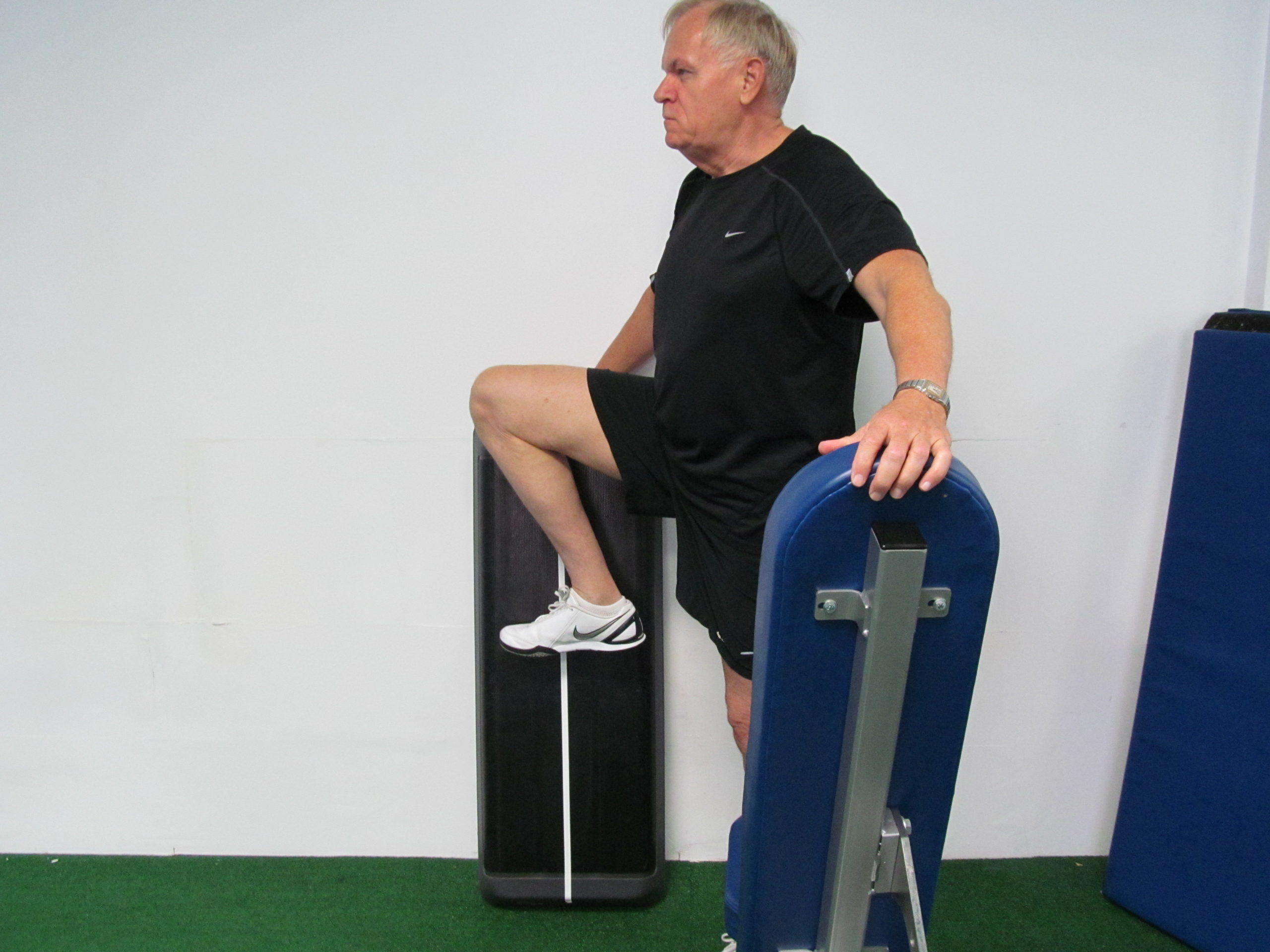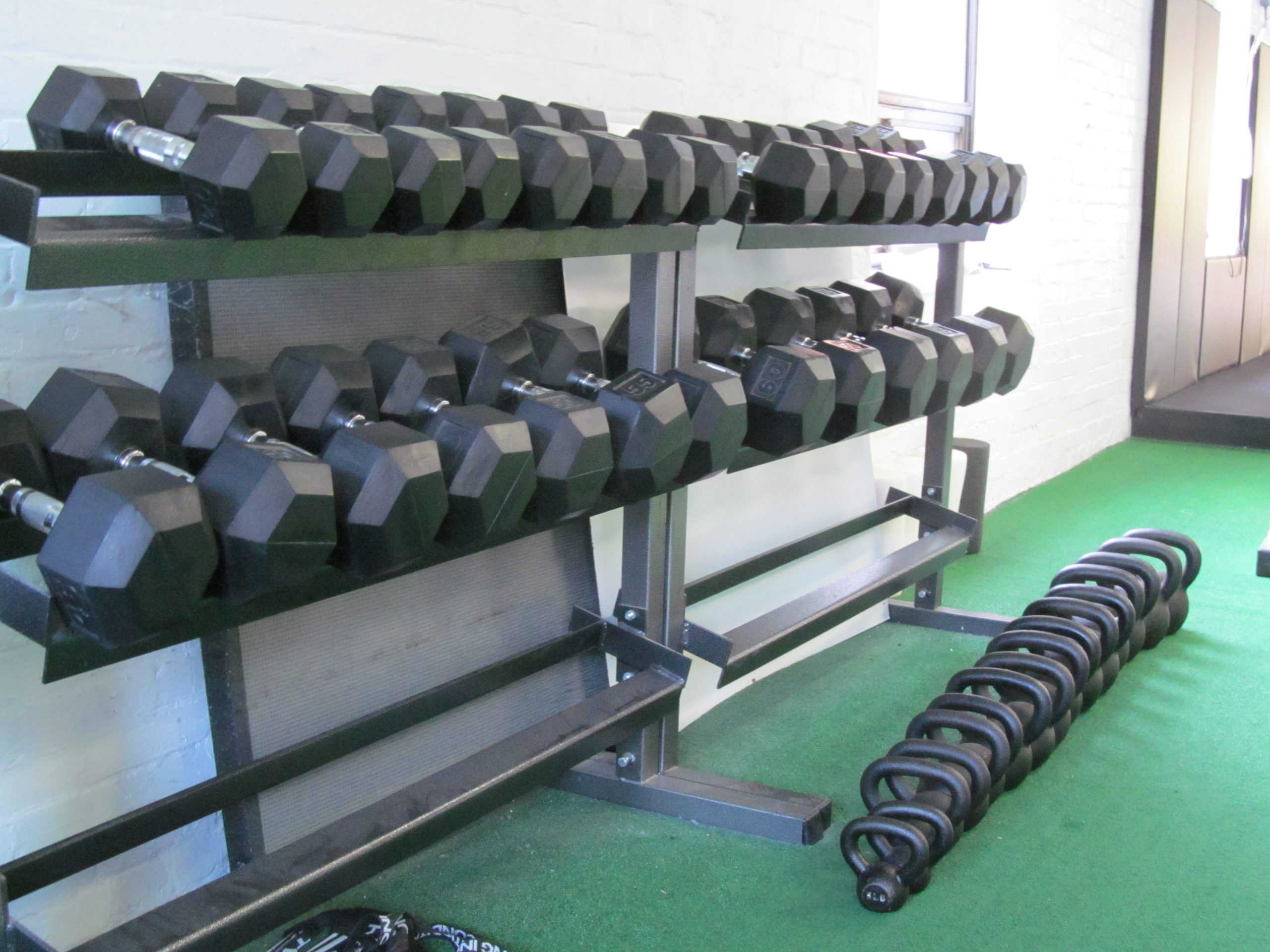Posture – The Foundation of All Exercise Programs
Perfect posture suggests a skeleton with perfect bone placement. Every bone would be optimally aligned and symmetrically spaced. All stresses imposed on the body would be distributed evenly – minimizing wear and energy expenditure. Unfortunately, perfect posture does not exist. Every human on the planet is off kilter! Differences in limb length and the need to maintain balance result in misaligned and asymmetrical bones. Features most people associate with posture include uneven hips, hunched shoulders and exaggerated spine curvature. However, posture also includes the position and status of the ankle, knee, scapula and hand. Off-kilter posture can cause a number of problems:
- Strength imbalances: A shift in posture requires a bias in muscle activity. Some muscles remain chronically active while others are turned off. Not only do active muscles bare the burden of postural maintenance they also tend to bare the burden of movement and physical work. Hard working muscles are prone to overuse conditions such as tightness, strains, tendonitis and tears.
- Development imbalances: When active muscles become tight they shut down the muscles opposite to them. “Reciprocal inhibition” stops muscles from firing optimally and creates “stubborn muscles” – muscles which will not grow or change shape despite dedicated exercise.
- Inappropriate bone on bone contact: Off-kilter posture means bones are out of optimal alignment. Poor alignment causes contact on sufaces not designed for high amounts of frictionor impact. The damage to bone and other connective tissue results in conditions such as osteo-arthritis and chondromalacia patella.
- Impingements: Nerves and tendons become squeezed when the spaces they occupy become narrowed by bone movement. This can cause a host of problems including shoulder impingement syndrome and sciatica.
- Intervertebral hernias: Curved spines result in vertebrae that are squeezed together on the concave side and spread apart on the convex side. High pressure between vertebrae on the concave side cause intervertebral discs to bulge toward the convex side (where intervertebral pressure is lower).
Since muscle tension affects bone position, these problems can be easily ameliorated or aggravated by stretching and strengthening programs. The key is knowing which muscles to stretch and which to strengthen! Programs which successfully manage the effects of posture improve muscular balance as well as bone alignment and symmetry. Athletes, clients, patients and workout warriors will experience enhanced recovery, resilience, performance and aesthetics. Posture, without a doubt, should be fundamental knowledge for anyone who designs exercise programs!


Recent Comments